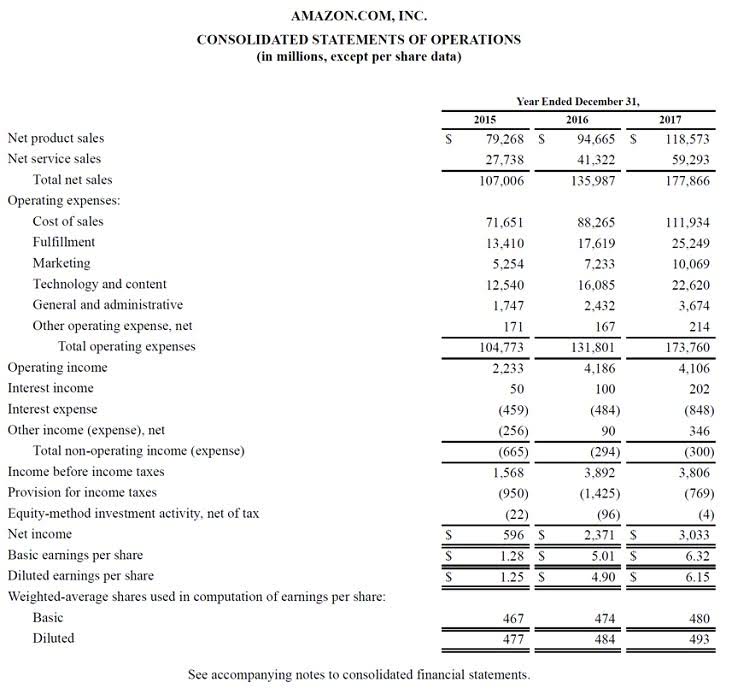
This method of allocation is simple and easy to use, making it popular among small businesses with homogeneous product lines. So, for every hour of direct labor https://svgdaily.com/the-complete-ach-return-codes-guide-master-payment/ used to produce widgets and gizmos, XYZ Inc. will allocate $50 of manufacturing overhead costs. Thus the organization gets a clear idea of the expenses allocated and the expected profits during the year.
Get $20 Off Our PRO Materials
The use of multiple predetermined overhead rates may be a complex and time consuming task but is considered a more accurate approach than applying only a single plant-wide rate. ABC costing was developed to help management understand manufacturing costs and how they can be better managed. However, the service industry can apply the same principles to improve its cost management. Direct material and direct labor costs range from nonexistent to minimal in the service industry, which makes the overhead application even more important. The number and types of cost pools may be completely different in the service industry as compared to the manufacturing industry.
- The company’s budget shows an estimated manufacturing overhead cost of $16,000 for the forthcoming year.
- The differences between the actual overhead and the estimated predetermined overhead are set and adjusted at every year-end.
- The predetermined overhead rate computed above is known as single or plant-wide overhead rate which is mostly used by small companies.
- It is typically established at the beginning of an accounting period and is based on projected costs and activity levels.
- The most common allocation base used in manufacturing is machine hours, direct labor hours, or direct materials cost.
- These expenses are grouped as “overhead” because directly assigning them to individual units would be impractical.
Plantwide Overhead Rate
A pre-determined overhead rate is the rate used to apply manufacturing overhead to work-in-process inventory. The first step is to estimate the amount of the activity base that will be required to support operations in the upcoming period. The second step is to estimate the total manufacturing cost at that level of activity. The third step is to compute the predetermined overhead rate by dividing the estimated total manufacturing overhead costs by the estimated total amount of cost driver or activity base. Common activity bases used in the calculation include direct labor costs, direct labor hours, or machine hours.
Step 1: Add Up Your Estimated Overhead Costs
For example, if you use direct labor hours but most of your overhead costs relate to running machines, you’ll miscalculate. This is related to an activity rate which is a similar calculation used in activity-based costing. A pre-determined overhead rate is normally the term when using a single, plant-wide base to calculate and apply overhead. Overhead is then applied by multiplying the pre-determined overhead rate by the actual driver units. a single predetermined overhead rate is called a(n) overhead rate. Any difference between applied overhead and the amount of overhead actually incurred is called over- or under-applied overhead. Notice that the formula of predetermined overhead rate is entirely based on estimates.

Using the planned annual amounts for the upcoming year reduces the fluctuations that would occur if monthly rates were used. The activity base is typically measured in direct labor hours, direct labor costs, or machine hours, depending on the nature of the business. A predetermined overhead rate is often an annual rate used to assign or allocate indirect manufacturing costs to the goods it produces. Manufacturing overhead is allocated to products for various reasons including compliance with U.S. accounting principles and income tax regulations. The single plantwide factory overhead rate is called a “plantwide” rate because it applies the same overhead rate to all products manufactured in the same plant.

This rate helps businesses assign indirect costs efficiently rather than waiting for actual data at the end of a period. A predetermined overhead rate (OH) is a critical calculation used by businesses to allocate manufacturing overhead costs to products or services. This rate helps in budgeting, pricing, and financial planning by estimating overhead costs in advance rather than waiting for actual figures. Understanding how to calculate this rate ensures accurate cost estimation, leading to better decision-making and profitability. Since the predetermined overhead rate relies on estimated figures, the total amount of overhead applied to production during an accounting period will rarely exactly match the actual overhead costs incurred. This difference leads to either “underapplied overhead” or “overapplied overhead.” Underapplied overhead occurs when actual overhead costs are greater than the overhead applied to production.

Actual Versus Applied Overhead
According to a survey 34% of the manufacturing businesses use a single plant wide overhead rate, 44% use multiple overhead rates and rest of the companies use activity based costing (ABC) system. This assumption may not hold true if Oil And Gas Accounting a company produces a variety of products with different production processes, complexities, or volumes. At the end of the accounting period, you’ll have a difference (called a variance) between your applied overhead (using the predetermined rate) and your actual overhead costs.
- In a company, the management wants to calculate the predetermined overhead to set aside some amount for the allocation of a cost unit.
- As your business grows and becomes more complex, you can refine your methodology.
- For example, the cost of Job 2B47 at Yost Precision Machining would not be known until the end of the year, even though the job will be completed and shipped to the customer in March.
- This method of allocation is simple and easy to use, making it popular among small businesses with homogeneous product lines.
- This depends on the size and complexity of your business, but a good rule of thumb is to strike a balance between accuracy and practicality.
- The overhead applied to products or job orders would, therefore, be different from the actual overhead incurred by jobs or products.
- As technology changes the ratio between direct labor and overhead, more overhead costs are linked to drivers other than direct labor and machine hours.
- Larger organizations may employ a different predetermined overhead rate in each production department, which tends to improve the accuracy of overhead application by employing a higher level of precision.
- In fact, as your business grows more complex, using departmental overhead rates often gives you more accurate product costing.
The actual total manufacturing overhead incurred for the year was $247,800 and actual direct labor hours worked during the year were 42,000. The fourth step is to compute the predetermined overhead rate for each of the cost drivers. This portion of the process is similar to finding the traditional predetermined overhead rate, where the overhead rate is divided by direct labor dollars, direct labor hours, or machine hours.

Making this change allows management to obtain more accurate product cost information, which leads to more informed decisions. Activity-based costing (ABC) is the process that assigns overhead to products based on the various activities that drive overhead costs. Once the predetermined overhead rate is calculated, businesses use it to apply overhead to individual jobs, products, or services throughout the accounting period. This application occurs as production activities take place, rather than waiting until actual overhead costs are known at the end of the period. For example, if the rate is $50 per direct labor hour, and a specific job requires 100 direct labor hours, $5,000 ($50 x 100 hours) of overhead would be assigned to that job. Once you have determined the single plantwide factory overhead rate, you can apply it to the products manufactured in the plant.